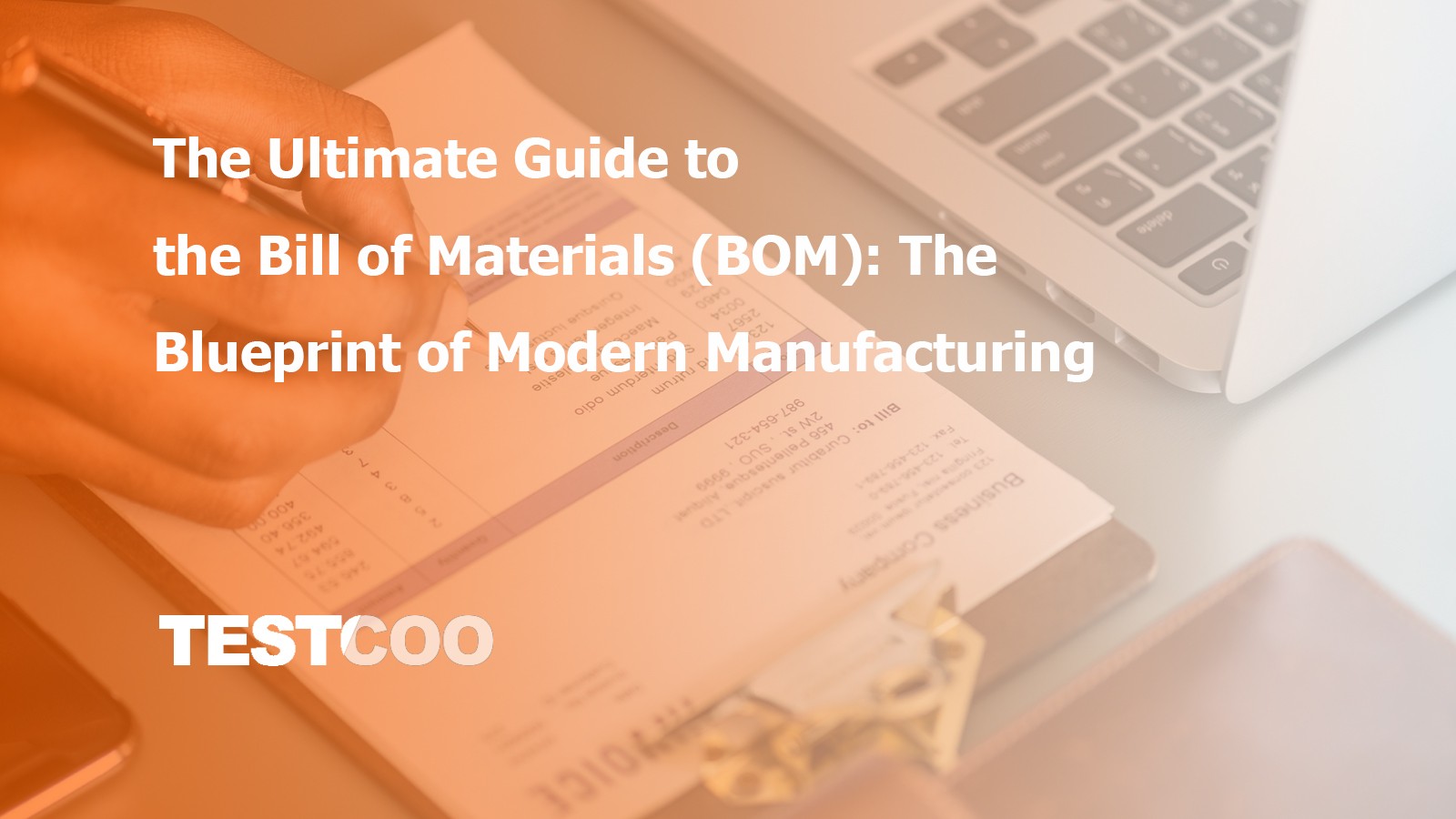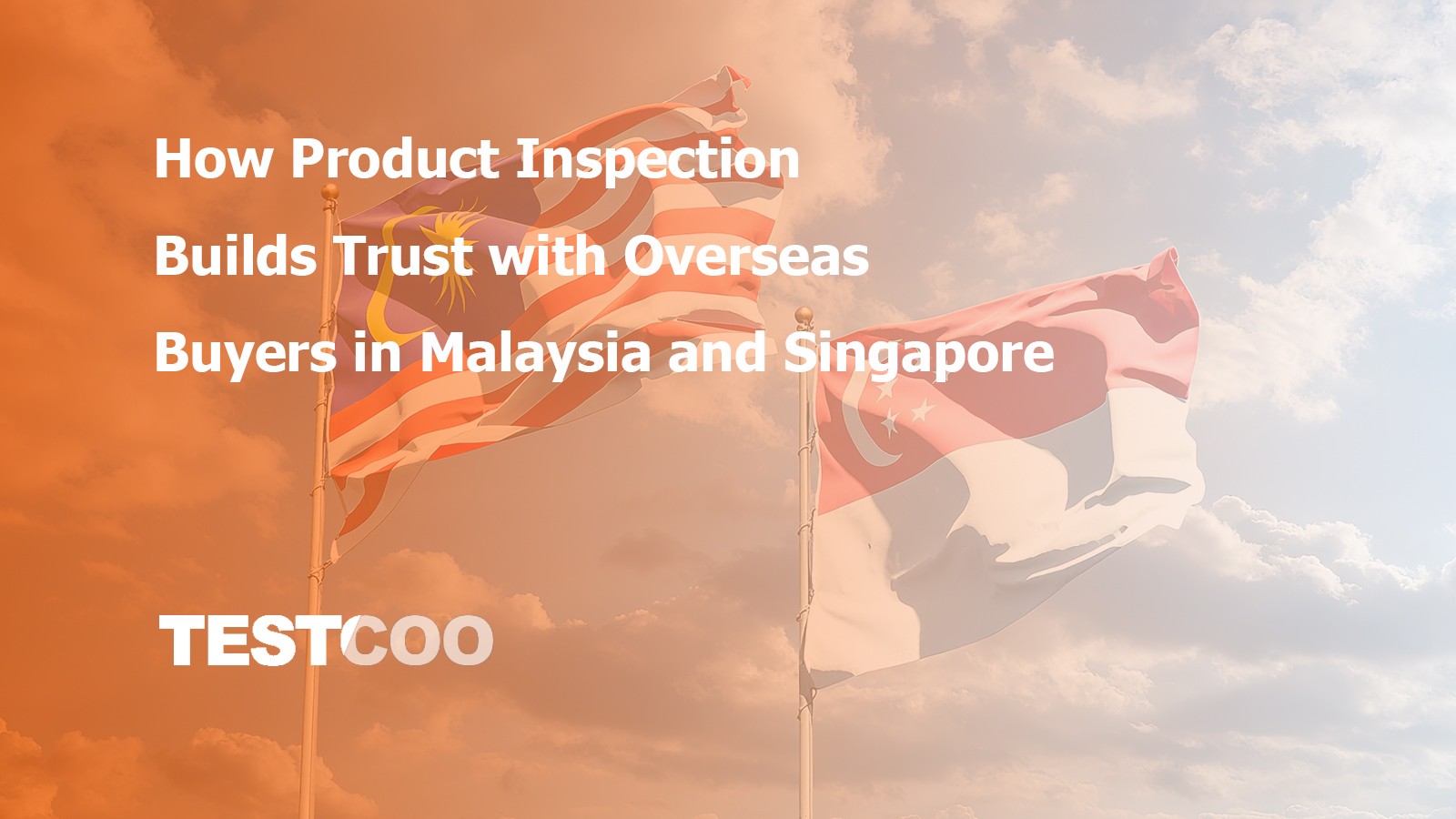Mexico's Import Tax Surge: How Cross-Border Sellers Mitigate Quality Risks with Third-Party Inspection

What Impact Does Mexico's Import Tax Adjustment Have on Cross-Border Sellers?
Mexico's significant increase in import taxes aims to crack down on smuggling and tax evasion while protecting its domestic manufacturing industry. However, for cross-border sellers importing goods from countries without free trade agreements, cost pressure has surged sharply. Earlier, the new policy at the beginning of the year had already eliminated the duty-free threshold for Chinese goods, imposing a uniform 19% tariff and ending the "duty-free era" for cross-border small parcels. At the same time, e-commerce platforms are required to withhold 16% value-added tax (VAT), and sellers who have not registered for an RFC (Registro Federal de Contribuyentes) tax ID face an additional 20% withholding on income tax, resulting in a comprehensive tax burden of up to 36%. The new policy implemented on August 15 has pushed the tax rate on Chinese goods to a new high, severely compressing sellers' profit margins. If other costs cannot be effectively controlled, some sellers may even face losses. In such circumstances, ensuring product quality and reducing after-sales costs such as returns and exchanges have become one of the key factors for sellers to maintain profits.
How Can Third-Party Inspection Help Sellers Control Quality Risks?
What is Third-Party Inspection?
Third-party inspection refers to a service provided by professional institutions independent of both buyers and sellers. These institutions inspect and evaluate product quality, quantity, packaging, and other aspects in accordance with specific standards and processes. Equipped with professional testing equipment, rich industry experience, and professional technical personnel, these third-party institutions can provide objective, fair, and comprehensive inspection reports.
Read More: Detailed explanation of third-party inspections
How Can Third-Party Inspection Helps Sellers Control Quality Risks?
Quality Control Before Shipment to Reduce Return Risks: Before goods are prepared for shipment to Mexico, third-party inspection institutions conduct detailed inspections of products in accordance with the quality standards set by sellers. For example, for clothing products, they check whether the fabric quality meets requirements, whether the cutting is neat, whether the color is consistent with the sample, whether the sewing craftsmanship meets standards, and whether the clothing size is accurate. For electronic products, they test whether functions operate normally, whether components are stable, whether there are defects in appearance, and whether electromagnetic compatibility meets safety standards. Through such comprehensive inspections, potential quality issues of products can be identified in a timely manner. Once non-conforming products are found, sellers can request suppliers to rectify or replace them immediately, avoiding sending defective goods to Mexican customers, thereby significantly reducing the risk of returns caused by product quality issues. It should be noted that in cross-border e-commerce, returns not only mean additional logistics costs but also may lead to customer complaints and damage to store reputation. Third-party inspection can reduce such situations from the source.
Ensure Cargo Consistency to Avoid Customs Issues: Mexican customs has strict inspection requirements for imported goods. If the actual situation of the goods does not match the declared information, or if product quality and packaging do not meet relevant Mexican standards, the goods may be detained, fined, or even returned. During the inspection process, in addition to focusing on product quality itself, third-party inspection institutions also carefully verify whether the quantity, specifications, packaging labels, and other details of the goods are completely consistent with the information declared by the seller to the customs. For instance, they check whether the product labels accurately indicate the origin, ingredients, usage instructions, safety warnings, and other information, and whether the packaging is sturdy and meets the requirements for long-distance transportation. Only when all aspects of the goods meet the requirements can they pass customs inspection smoothly, ensuring that the goods are delivered to Mexican customers on time and smoothly, and avoiding delays and additional expenses caused by customs issues.
Provide Professional Reports as Basis for After-Sales Rights Protection: After completing the inspection, third-party inspection institutions issue a detailed and professional inspection report to the seller. The report clearly records the inspection standards, inspection process, identified issues, and an evaluation of the overall quality status of the product. When Mexican customers receive the goods and raise doubts or complaints about product quality, sellers can use this professional inspection report for after-sales rights protection. For example, if a customer reports a specific problem with the product, but the inspection report shows that the problem did not exist before shipment, it is likely that the damage occurred during transportation, and the responsibility does not lie with the seller. Sellers can then communicate and negotiate with logistics providers based on this, avoiding unnecessary economic losses and disputes.

What Does the Third-Party Inspection Process Involve in Detail?
Pre-Inspection Communication and Standard Setting
Communication of Seller's Needs: Sellers first contact a third-party inspection institution and provide detailed information about the products to be inspected, including product type, specifications, quantity, manufacturer, etc. At the same time, they inform the purpose of the inspection (such as whether it is aimed at specific standards of the Mexican market) and the expected inspection time and location (usually at the supplier's factory or the warehouse where goods are concentrated). In addition, sellers also share their focus points and special requirements for product quality, such as key testing of certain functions and strict control over specific appearance defects.
Formulation of Inspection Standards: Based on the information provided by the seller, combined with relevant standards for such products in the Mexican market (such as safety standards, quality standards, environmental standards), international general standards (such as ISO standards), and industry practices, third-party inspection institutions work with sellers to formulate detailed and clear inspection standards. This standard will become the core basis for subsequent inspection work, ensuring the scientificity and fairness of the inspection process. For example, children's toys exported to Mexico must comply with Mexico's safety standard for children's products, NOM-051-SCFI-2010, which includes strict requirements on the safety of toy materials, anti-swallowing design for small parts, and handling of sharp edges.
Inspection Implementation Phase
Sampling: According to the quantity of products and industry-accepted sampling rules, inspectors from third-party inspection institutions select a certain number of samples from the entire batch of goods. Random sampling is usually adopted to ensure that the selected samples can represent the quality level of the entire batch of goods. For example, for large quantities of products, sampling may be conducted in accordance with the AQL (Acceptable Quality Level) sampling standard. For general consumer goods, if the AQL 2.5 standard is adopted, when the batch size is 5,000 units, the sampling quantity may be 200 units, and the allowable number of non-conforming products in these 200 samples is 10.
Read More: AQL Explained
Appearance Inspection: Inspectors conduct a comprehensive appearance inspection of the selected samples, checking whether the product's color, shape, size, surface smoothness, printed marks, etc., meet the standards and sample requirements. For example, for a batch of ceramic tableware exported to Mexico, they check whether there are cracks, spots, or uneven glazing on the surface of the tableware, whether the printed patterns are clear and complete, and whether the size specifications of the tableware are consistent with the design drawings.
Functional Testing: Practical tests are conducted on various functions of the product. Taking electronic products as an example, tests are carried out on whether various functions (such as call function, camera function, charging function, and screen touch sensitivity of mobile phones) operate normally. For mechanical equipment, tests focus on whether it operates stably, whether the noise level is within the allowable range, and whether various operations are convenient and smooth.
Packaging Inspection: Inspectors check whether the product packaging is intact and sturdy enough to meet the requirements of long-distance transportation to Mexico. At the same time, they verify whether the label information on the packaging is accurate and complete, including product name, model, specifications, quantity, origin, usage instructions, safety warnings, etc. For example, for fragile goods, they check whether there is sufficient cushioning material inside the packaging; for products containing batteries, they check whether the packaging complies with the special requirements for battery products in international transportation.

Report Issuance and Follow-Up Handling
Generation of Inspection Report: After the inspection is completed, third-party inspection institutions promptly generate a detailed inspection report based on the inspection results. The report is usually presented in written form and includes basic product information, inspection standards, inspection items, inspection results (with detailed descriptions of conforming and non-conforming items), and an evaluation of the overall product quality. Relevant photos or videos are also attached to the report as evidence, allowing sellers to clearly and intuitively understand the quality status of the products. For example, if a damage or functional defect is found in a certain part of the product, a close-up photo of that problematic part is attached to the report, along with a detailed explanation of the issue.
Basis for Seller's Decision-Making: After receiving the inspection report, if the product inspection result is qualified, the seller can safely arrange for the goods to be shipped to Mexico. If there are non-conforming items, the seller can negotiate a solution with the supplier based on the description of the issues in the report. Possible solutions include requesting the supplier to rework and repair the non-conforming products, replace them, or even impose corresponding penalties on the supplier in accordance with the contract agreement. At the same time, sellers can also re-evaluate the supplier's production capacity and product quality based on the inspection results, providing a reference for future cooperation.
Conclusion
Although the surge in Mexico's import taxes has brought huge challenges to cross-border sellers, by leveraging professional third-party inspection services, sellers can better control product quality risks, enhance product competitiveness, and find development opportunities in difficult situations. When choosing a third-party inspection institution, sellers should comprehensively consider factors such as the institution's qualifications, reputation, experience, and service prices to ensure that they can obtain high-quality and efficient inspection services, helping themselves achieve steady development. Reach out to TESTCOO today via its official website or customer hotline to get a tailored inspection solution and safeguard your profits amid tax hikes.
Frequently Asked Questions (FAQs)
What specific inspections do third-party institutions conduct to reduce return risks for goods shipped to Mexico?
It does category-specific pre-shipment checks (e.g., clothing fabric/size, electronics function) to spot issues early, stopping defective goods from being shipped.
Why helps third-party inspection avoid Mexican customs issues?
It verifies cargo matches customs declarations and meets Mexican standards, ensuring smooth clearance and preventing detention or fines.
What makes a third-party inspection report useful for after-sales rights protection?
It helps distinguish between transportation damage and ex-factory defects, supporting sellers in negotiating with logistics providers to avoid losses.
Free Sample Report Performance Quality Control
Download a sample report to keep control of your supply chain!
Featured Articles
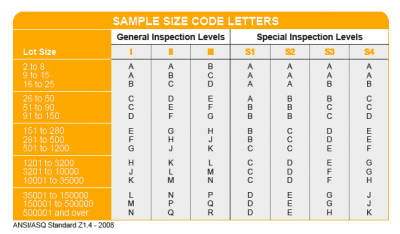 AQL Table | How to Read It
AQL Table | How to Read It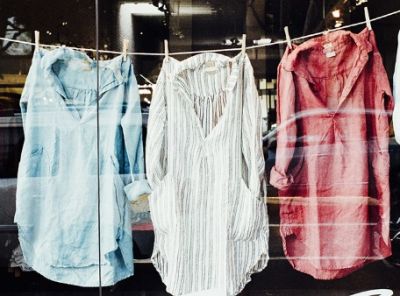 TOP 10 Common Defects in Garments Quality Inspection
TOP 10 Common Defects in Garments Quality Inspection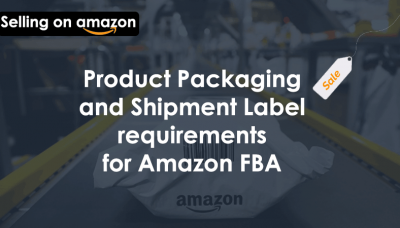 Product Packaging and Shipment Label requirements for Amazon FBA
Product Packaging and Shipment Label requirements for Amazon FBA What Is ASTM-F2413-18? Protective Footwear Standard
What Is ASTM-F2413-18? Protective Footwear Standard How to Conduct Third-Party Quality Control Inspections for Electric Scooters
How to Conduct Third-Party Quality Control Inspections for Electric Scooters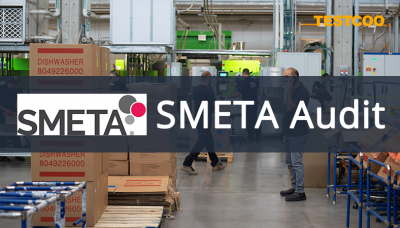 SMETA Audit-What is SMETA Audit?
SMETA Audit-What is SMETA Audit? TESTCOO Supplier Verification/Certification Service SLCP, Higg FEM, GRS, GOTS
TESTCOO Supplier Verification/Certification Service SLCP, Higg FEM, GRS, GOTS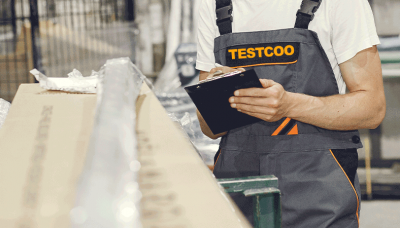 Quality Control Inspection Company in China
Quality Control Inspection Company in China What is Quality Inspection? A Complete Guide
What is Quality Inspection? A Complete Guide Guidelines for Product Inspection in India
Guidelines for Product Inspection in India
Category
- Production Inspection Service
- Factory Audit
- Softline Inspection
- Hardline Inspection
- Electrics Inspection
- Certification
- Checklist
- Manufacturers
- Quality Assurance Basics
- Products Recall
- AQL
- Guidence and Standard
- News
- Supplier Management
- Amazon
- Protective Equipment
- e-commerce quality control
- Indian Manufacturing
- Soft Goods Quality Control
- Supply Chain Management
- Supply Chain Resilience
- E-Commerce Quality Control
- ISO 2859
- Supply Chain Optimization
- Garment Industry
- Higg Index



